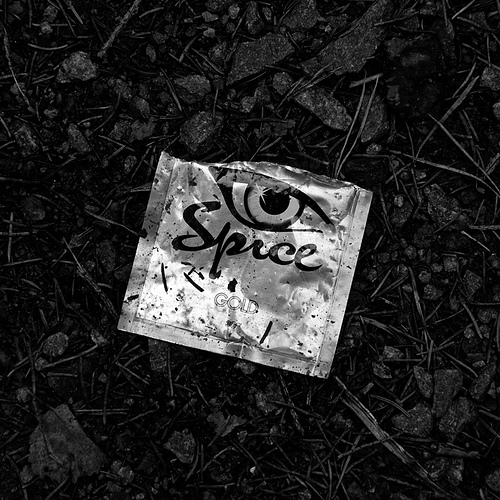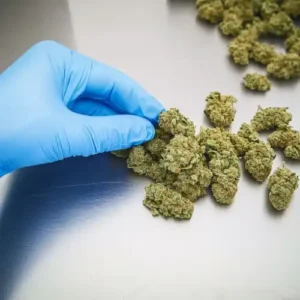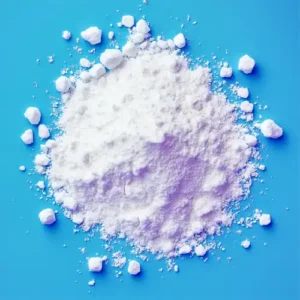The world is facing a new, alarming drug problem – New Psychoactive Substances. These drugs are often legal, even if only for a short time. They are produced under various terms you may have heard in the media – “legal highs” , “bath salts” and “plant food” – are just some of them.
Because new NSP drugs are being developed every week, it is hard for enforcement agencies to monitor them and legislate against them. Also, a major health challenge is being faced by the unprecedented rate at which new NSP drugs are appearing on the market. When you buy one of these drugs, you will never know what is inside the packet. Users have had their lives placed in jeopardy after taking mixtures of NSP that led to sometimes unpredictable and disastrous effects.
The emergence of new psychoactive substances
The emergence of new psychoactive substances (NPS), often referred to as ‘legal highs’, poses significant challenges for public health and law enforcement agencies.
Although some NPS have been used recreationally for many years, such as ketamine and khat, there has been a sharp increase in the number, type and availability of these drugs in the past decade. This is largely due to developments in chemistry and online drug markets.
Between 2009 and 2017, over 800 NPS were reported to the EU Early Warning System. Many contain chemical structures similar to known illicit drugs like cocaine, ecstasy and cannabis. They are specifically designed to mimic their effects while evading drug controls.
NPS are sold under appealing names like ‘Annihilation’, ‘Magic’ and ‘Pure NRG’. Branding often portrays the products as legal, natural or safe. In reality, the contents can be highly unpredictable and hazardous.
New psychoactive substance use
The most commonly used NPS in the UK are synthetic cannabinoids like Spice, synthetic cathinones like mephedrone and ketamine analogues.
Younger adults are the primary consumers of NPS. Motivations include curiosity, pleasure seeking and self-exploration. Some also use NPS as legal replacements for traditional illicit drugs.
The volatile, clandestine NPS market makes it difficult to determine usage rates. However, recent surveys indicate that around 10% of 16-24 year olds in England and Wales have used NPS in their lifetime.
Health harms
Many NPS have no history of human consumption prior to their emergence. This makes their toxicity difficult to predict or determine.
However, evidence shows that NPS use is associated with serious adverse health effects. These include psychosis, seizures, organ failure and death. Harms may be exacerbated by users being unaware of the true contents and dosages of NPS products.
The highly potent synthetic opioid carfentanil has been linked to a rising number of overdoses and deaths in some countries. This highlights the extreme risks posed by certain NPS, particularly synthetic opioids.
Long-term health consequences of NPS use are not yet fully understood. More research is needed to investigate their pharmacology, epidemiology and clinical management.
Because new NSP drugs are being developed every week, it is hard for enforcement agencies to monitor them and legislate against them. Also, a major health challenge is being faced by the unprecedented rate at which new NSP drugs are appearing on the market. When you buy one of these drugs, you will never know what is inside the packet. Users have had their lives placed in jeopardy after taking mixtures of NSP that led to sometimes unpredictable and disastrous effects.
Why do New Psychoactive Substances exist?
Many of these substances are trying to mimic the feeling offered by illegal drugs such as Ecstasy, LSD, Cocaine or Cannabis without any of their downsides. The New Psychoactive Substances are a wide array of drugs that try to deliver all of the above, and they are delivering a complete psychoactive effect on that particular person. Most of the New Psychoactive Substances come from the US, as well as some European Countries.
The irony is the New Psychoactive Substances are not really that new. Several NPS were first synthesized over 40 years ago!
How Are These Substances Used?
It all comes down to the type of New Psychoactive Substances being used. Some come as a blotter tab, capsules, crystals as well as powder, liquid, and tablets. As a result, users can snort, inject, smoke or swallow them depending on the situation.
What are the risks of NPS?
There aren’t a lot of studies on the topic, but the thing to know here is that some of these products can be toxic, even if they tend to have similar branding, shape, color, and logo between one another.
Many users of NSP have been hospitalized with severe intoxication. To a lesser extreme, some of the side effects that come from using New Psychoactive Substances can include anxiety, aggression, psychosis, insomnia, rapid heartbeat, twitches, tremors, confusion and so on.
The use of synthetic cannabinoids (Spice) as caused a number of unexplained suicides. In addition, fatalaties have been also linked to substances like 4-methylmethcathinone (Mephedrone), methylenedioxypyrovalerone (MDPV) and 4-methylamphetamine (4-MA).
How many NPS are there?
Various studies have estimated that there are more than 250 substances around the world now that could be classified as New Psychoactive Substances.
Theoretically the number of potential derivatives of many of these drugs is unlimited and at present their is no global monitor of these substances to allow accurate reporting of the most up-to-date figure.
What Is the Legal Situation?
The legal situation varies form country to country. Legislators find it hard to keep up with the speedy introduction of new drugs onto the market.
In the UK, the Psychoactive Substances Act 2016 was introduced to try and offer a blanket ban on new psychoactive substances as the existing legislation was considered too slow in responding to the appearance of what are potentially harmful drugs.
What About Drug Testing?
New Psychoactive Substances also provide a major challenge for employers who wish to make sure that there workers are not taking drugs. Many of these new substances are difficult to test for using traditional urine or saliva drug tests.
In the UK, one of the biggest problem drugs has been Spice (K2) and, as a response, drug test manufacturers have been quick to produce a urine drug testing kit for Spice. For workplace drug testing, a 10 Panel Drug Test Kit will check for most drugs of abuse, including Spice and Ketamine. This kit is ideal for employers that are concerned about drug use and want to include tests for some New Psychoactive Substances.
Drug identification tests also exist and they can test a sample substance to see if it is a New Psychoactive Substance. These test are often used by the police and concerned parents to test suspicious looking substances.
At present, Zoom Testing can offer a drug identification test for Spice. We also have a a drug identification test for Synthetic Cathinones that is used to identify the NSP known as bath salts” or “plant food”
Photo Credit: “Found” (CC BY-ND 2.0) by Matto Fredriksson
Zoom Testing is a leading UK drug testing company and a supplier of Drug Test Kits.





